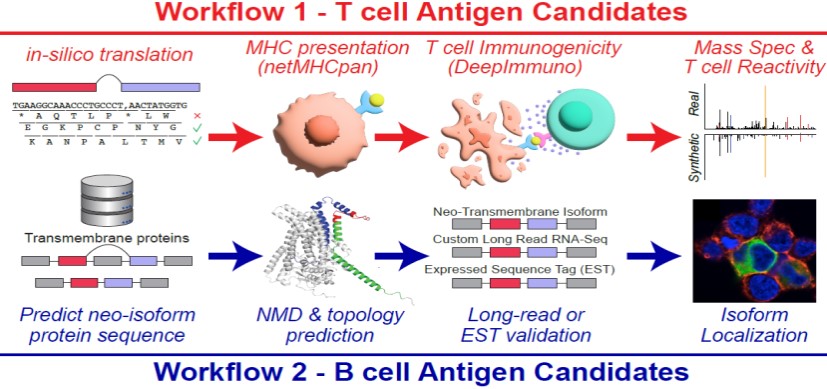$8M Grant Funds Cincinnati Children’s as Coordinating Center for Lung Mapping Program
Post Date: September 13, 2019 | Publish Date:

The National Heart, Lung, and Blood Institute (NHLBI) has named Cincinnati Children’s Hospital Medical Center as the new Data Coordinating Center for LungMAP, an open-access resource for human lung data.
The five-year, $8 million grant will support information sharing to help researchers better understand human lung development, ultimately leading to advancements in pulmonary care.
Mapping the human lung
With sophisticated structures and diverse cell types, our lungs are highly complex organs. Scientists are still discovering exactly how lung cells function and interact. This has made human lung development difficult to study and understand—especially in the critical neonatal to early adult stages.
In 2014, the LungMAP Consortium established a five-year plan to fill these knowledge gaps. Researchers studied mouse and human pediatric lungs, analyzing molecular and imaging data. They used this data to build a three-dimensional map of developing lung molecules at single-cell resolution.
Researchers also created a public database, the LungMAP website, to share and store resources. The web portal houses comprehensive omics data, three-dimensional visualization tools, and thousands of high-resolution lung images.
Building upon the initial five-year plan, the next phase includes research on normal lung development in early adulthood and abnormal development in selected rare lung diseases. LungMAP2 will continue to generate new data, now mapping both normal and diseased lungs. This molecular atlas of the human lung will help researchers learn more about how lung diseases develop and progress.
“LungMAP2 has the unique opportunity to develop highly sophisticated computer models of developing lungs, and to compare normal and diseased lung tissue in children,” says Peter White, PhD, lead investigator and Director of the Division of Biomedical Informatics. “We can then use these models to test novel therapies, such as new drugs, devices, and tissue engineering methods that can improve patient outcomes.”
Coordinating and sharing the data
For LungMAP2, the Data Coordinating Center (DCC) at Cincinnati Children’s will serve as a central hub of knowledge and activities. Many Cincinnati Children’s faculty are involved in the project, including co-principal investigators White and Bruce Aronow, PhD, a professor in the Division of Biomedical Informatics.
Additional investigators teaming up for this effort include Nathan Salomonis, PhD; Michael Wagner, PhD; Michal Kouril, PhD; Surya Prasath, PhD; and Yan Xu, PhD. The Cincinnati-based effort will also utilize expertise in data sharing and information technology from MIT’s Broad Institute and the University of California at Santa Cruz.
Consortium sites for LungMAP2 will include the University of Pennsylvania, the University of California at San Diego, the Pacific Northwest National Laboratory, and a site led by Jeffrey Whitsett, MD, at Cincinnati Children’s. Rochester University will lead a human tissue core as part of the Consortium.
The DCC serves to coordinate efforts across Consortium sites; acquire, coalesce, and share knowledge generated by each Consortium; and develop best research practices that improve the scientific outputs of the program.
A key component of LungMAP2 is collaboration between many different groups—funded research centers, patient advocacy groups, the NIH, and the pulmonary research community. The DCC will foster collaboration through coordinated sharing of data, technologies, and best practices for research.
“When these groups work together, science accelerates faster, supporting new approaches to treatments for lung diseases and injuries,” says Aronow.
As LungMAP data is generated from many different laboratories, it must be presented in a way that works together. The DCC will provide data interoperability in the LungMAP database by standardizing data formats and metadata schemas. This will maximize efforts to cross-validate, annotate, deposit, and link the data.
In order to most effectively share this data, the DCC will update the existing LungMAP website into an online LungMAP Commons.
“The Commons will make it easier for users to interact and share resources by streamlining data access and incorporating new, interactive tools,” says Salomonis. “For the LungMAP team and broader research communities, this means more opportunities for communication and scientific collaboration.”
Learn more about LungMAP resources
Learn more about the Division of Biomedical Informatics at Cincinnati Children’s






